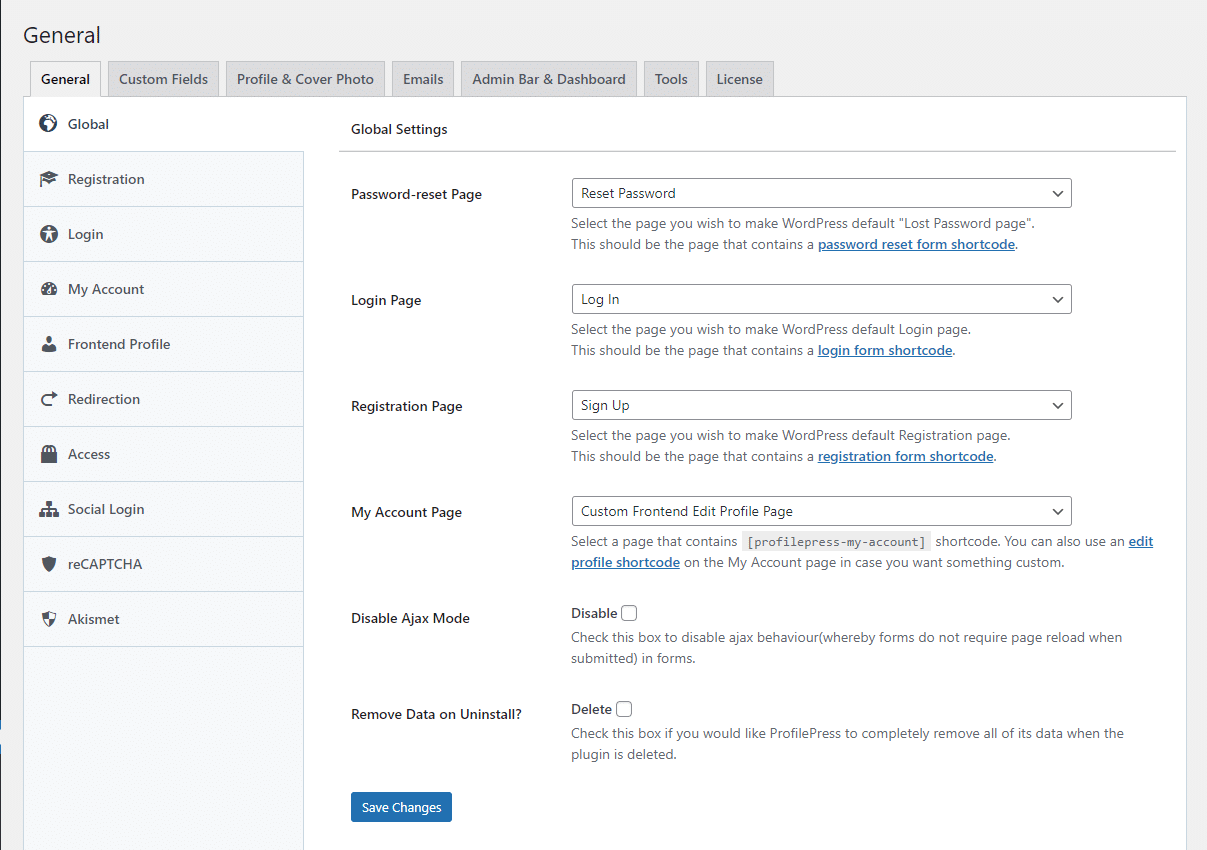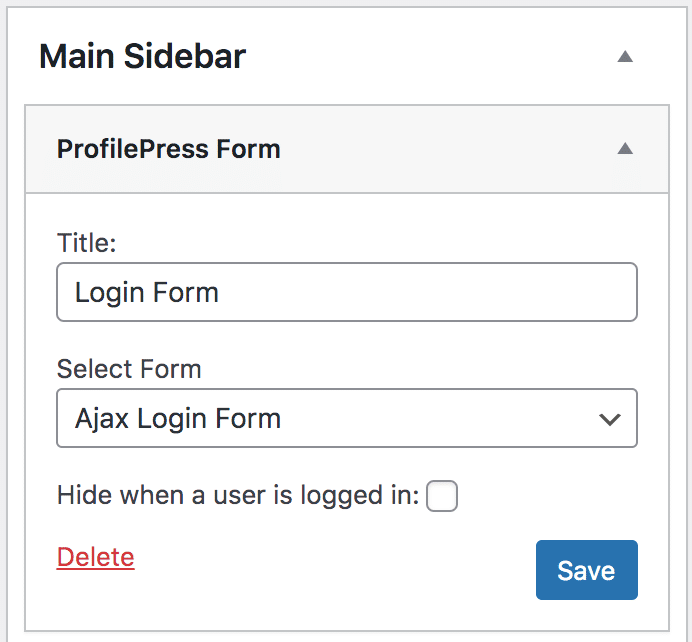How to Add WordPress Ajax Login Forms to Your Site
Are you looking to enhance the login experience on your WordPress website with an Ajax login form?
Ajax login forms offer a modern solution to streamline user authentication. Unlike traditional login methods that trigger a full page reload, Ajax login forms use asynchronous requests to communicate with the server in the background, allowing for a smoother and more dynamic user experience.
The default WordPress login form is not Ajax-ified in that a page reload is required to process each login request. This also holds true for many plugins that allow front-end custom login forms.
In this tutorial, I will walk you through the process of creating an Ajax login form and, finally, how to add it as a widget to your website sidebar and make it your default login page using the powerful ProfilePress plugin.

Building the Ajax Login Form
We have already covered the steps for building a custom login form with ProfilePress. To enable Ajax for all ProfilePress login, registration, and password reset forms:
Click the Settings ProfilePress menu and scroll to the Global Settings section.
Ensure the Disable Ajax Mode checkbox isn’t checked. If it is, uncheck it.

It is that easy.
Making the Ajax Login Form Your Login Page
After enabling Ajax for all ProfilePress-powered forms, make your preferred login form your default WordPress login page:
- Copy the shortcode of the registration form and save it to a page.
- Still on
Global Settings, set the page above as the Login Page.
Afterwards, every visit to https://yoursite.com/wp-login.php will be redirected to the above page.
Adding an Ajax Login Form Widget to the WordPress Sidebar
Navigate to Appearance >> Widgets, drag the ProfilePress Form widget to your website sidebar, select your chosen registration form from the dropdown, and save.

Preview your WordPress site to see the login form displayed on the front end of your site.
In conclusion, integrating WordPress Ajax login forms enhances user experience and security. Following the steps outlined, you can seamlessly incorporate Ajax functionality, streamlining the login process and bolstering website security.